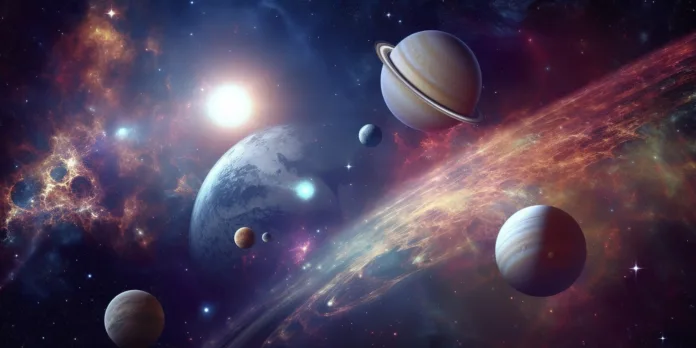University of Warwick experts identify planets beyond our solar system with conditions suitable for life
In a groundbreaking revelation, astronomers from the University of Warwick have identified a staggering 85 potential exoplanets outside our solar system that could exist in the ‘habitable zone,’ offering the tantalizing possibility of sustaining life.
Analyzing data from NASA satellites, the researchers stumbled upon this celestial bounty, expanding the horizons of our understanding of planets beyond Earth. Exoplanets, essentially planets residing outside our solar system, vary in size from approximately 11,000 miles to an astonishing 350,000 miles in diameter, dwarfing Earth’s diameter of just under 8,000 miles.
What makes these discoveries particularly intriguing is their potential location in the ‘habitable zone’ – the distance from their local sun that allows for conditions neither too hot nor too cold, akin to Earth. While the researchers caution against premature celebrations of extraterrestrial life, they express optimism about the possibility of finding planets with conditions conducive to habitability.
Embed from Getty ImagesFaith Hawthorn, a PhD student leading the study at the University of Warwick’s Astronomy and Astrophysics department, explained, “Some of them could be rocky, some could be gaseous. It’s quite rare for habitable planets to be discovered – you need a very specific set of conditions for habitability, and would need future work to confirm this.”
Despite the excitement surrounding this discovery, the research team emphasizes the need for further investigation. The team is still working to determine the exact distance of these exoplanets from their host stars. Early estimates suggest that the 85 planets take between 20 and 700 days to orbit their stars.
Hawthorn pointed out, “There is plenty of scope for continued research into these exoplanets – to learn more about their exact orbital periods, whether or not they have moons, and what exactly they are made of.”
At this stage, the findings await definitive confirmation from NASA, with the research team hopeful that future observations will solidify their groundbreaking discovery and pave the way for an exciting new chapter in the exploration of distant worlds.
As scientists peer into the cosmos, the allure of potential habitable planets brings us one step closer to unraveling the mysteries of the universe.
